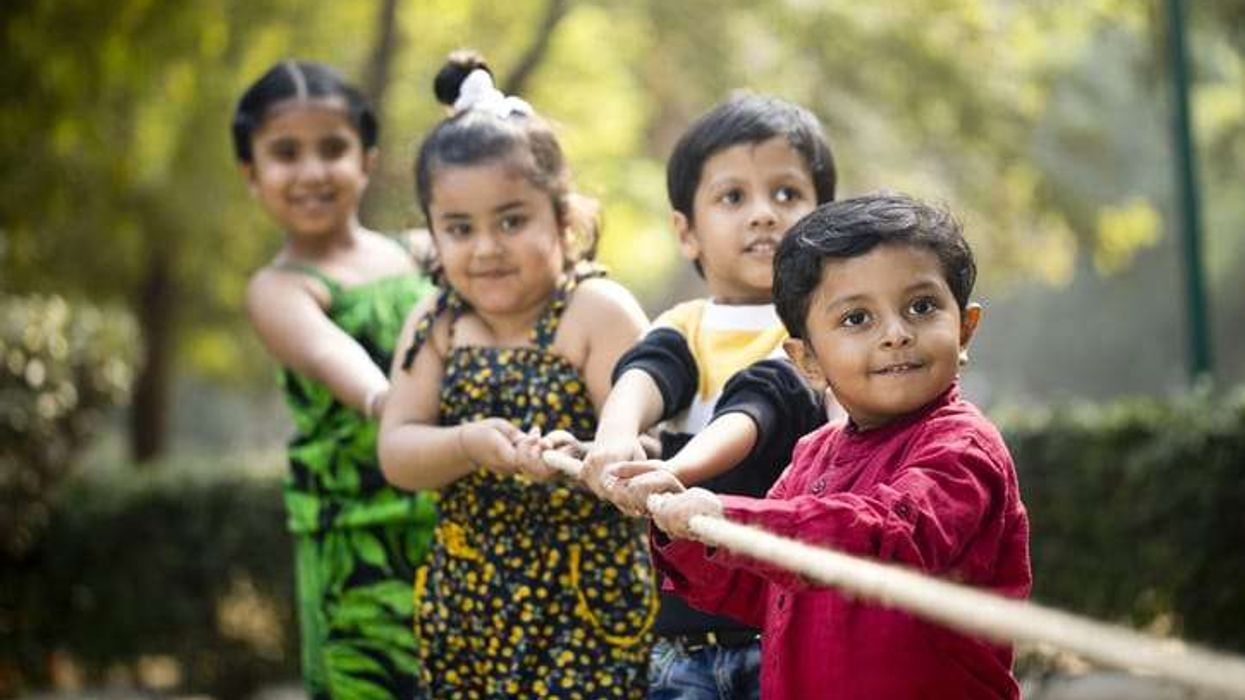Researchers have found talking on a mobile phone for 30 minutes or longer per week can be linked to a 12 per cent increased risk of developing high blood pressure or hypertension.
Almost three-quarters of the global population aged 10 and over own a mobile phone.
Mobile phones emit low levels of radiofrequency energy, which has been linked with rises in blood pressure after short-term exposure, the study found.
Hypertension is a major risk factor for heart attack and stroke and a leading cause of premature death globally.
"It's the number of minutes people spend talking on a mobile that matter for heart health, with more minutes meaning greater risk," said study author Xianhui Qin of Southern Medical University, Guangzhou, China.
"Years of use or employing a hands-free set-up had no influence on the likelihood of developing high blood pressure. More studies are needed to confirm the findings," said Qin.
The study has been published in the European Heart Journal - Digital Health.
Using data from the UK Biobank to examine the relationship between talking over phone calls and new-onset hypertension, a total of 212,046 adults aged 37 to 73 years without hypertension were engaged in this study.
Information on the use of a mobile phone to make and receive calls was collected through a self-reported touchscreen questionnaire at baseline, including years of use, hours per week, and using a hands-free device/speakerphone.
Over a median follow up of 12 years, 13,984 (7 per cent) participants developed hypertension.
Mobile phone users, who for the purposes of this study used a mobile phone at least once a week for making and taking phone calls, were found to have a 7 per cent higher risk of hypertension compared with non-users.
Those who talked on their mobile for 30 minutes or more per week had a 12 per cent greater likelihood of new-onset high blood pressure than participants who spent less than 30 minutes on phone calls.
The results were similar for women and men.
Weekly usage time of 30-59 minutes, one to three hours, four to six hours and more than six hours was associated with an eight per cent, 13 per cent, 16 per cent and 25 per cent raised risk of high blood pressure, respectively.
Years of use and employing a hands-free device/speakerphone were not significantly related to developing hypertension.
A genetic risk analysis showed that the likelihood of developing high blood pressure was 33 per cent higher in those with high genetic risk and spending at least 30 minutes talking over the phone compared to those with low genetic risk and talking over the phone for less than 30 minutes.
"More research is required to replicate the results, but until then it seems prudent to keep mobile phone calls to a minimum to preserve heart health," said Qin.
(PTI)












